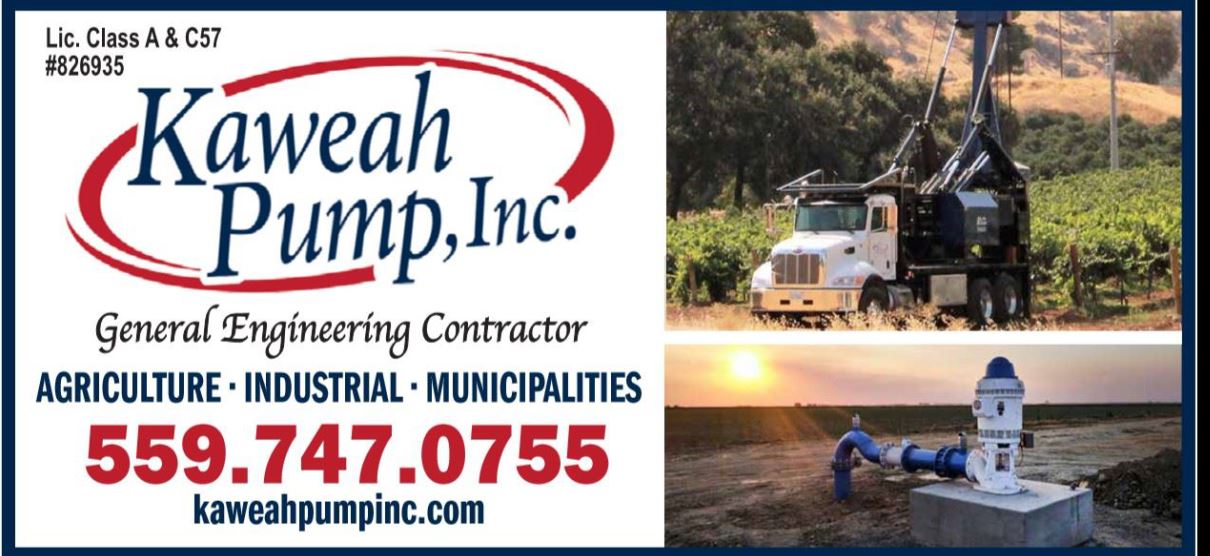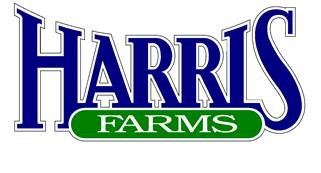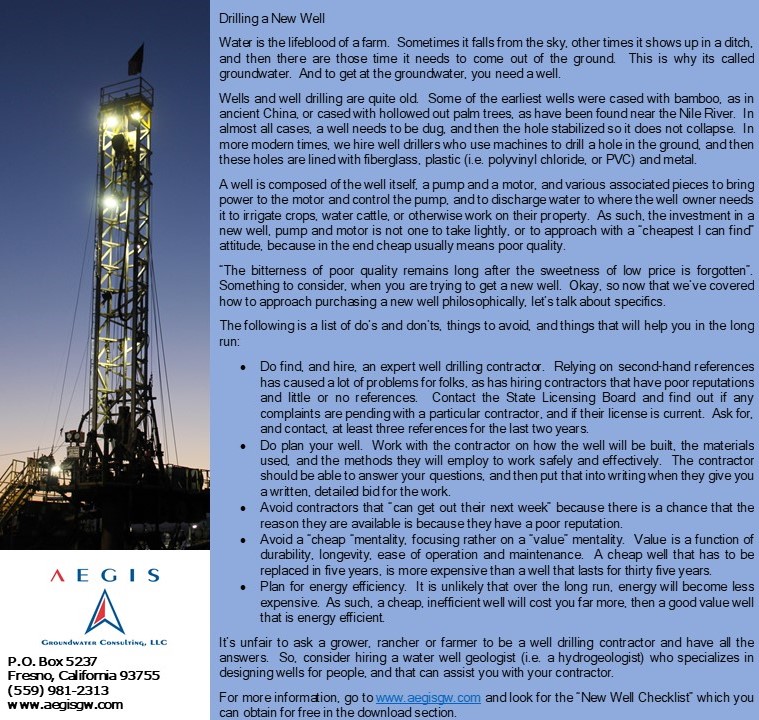 The Danish Water Technology Alliance held a SGMA workshop at Fresno State’s Craig School of Business on Monday, May 13, 2019. The event began with fresh fruit, scones and coffee. So by the time Tommy Esqueda, Vice President of Water for the University began speaking at 9:20 am we were perky, caffeinated and ready to roll. Esqueda said data management is going to be a make or break for the emerging Groundwater Sustainability Agencies. He told a story about a city he was working for when there was a problem with off-colored water showed up in five homes. He figures that was not going to be a big problem until it expanded to 3,000 homes. He was speaking with the Danish consulate folks about data management and that’s how we wound up comparing notes on California’s Sustainable Groundwater Management Act and the similar program in Denmark.
The Danish Water Technology Alliance held a SGMA workshop at Fresno State’s Craig School of Business on Monday, May 13, 2019. The event began with fresh fruit, scones and coffee. So by the time Tommy Esqueda, Vice President of Water for the University began speaking at 9:20 am we were perky, caffeinated and ready to roll. Esqueda said data management is going to be a make or break for the emerging Groundwater Sustainability Agencies. He told a story about a city he was working for when there was a problem with off-colored water showed up in five homes. He figures that was not going to be a big problem until it expanded to 3,000 homes. He was speaking with the Danish consulate folks about data management and that’s how we wound up comparing notes on California’s Sustainable Groundwater Management Act and the similar program in Denmark.
Lasse Thomassen is the commercial advisor to the Consulate. He said in Denmark there are 5.6 million people, 16,574 square miles and two/thirds of it is ag land. They are 100 percent reliant on groundwater with an average annual precipitation of 29.5 inches. We often think of Denmark as the home of the:Little Mermaid, Vikings and four pigs per person. But there is a lot more. Clovis pump manufacturer Grundfos is Danish and means Ground Spring. Of course there’s Danish Creamery; maker of Challenge Butter made with (judging by its logo) elk milk. Its water technology is very advanced as is its management practices. In 2017 California and Denmark signed a cooperative agreement to share knowledge and technology collaboration. Last year there was a three month draught, longest in living history. Normally it rains a total of eight months per year. So while there are not exact comparisons, much of what’s happening in groundwater has significant overlap.
Jesper Hannibalsen said Denmark has its own SGMA. The Danes spent 16-years mapping the nation’s groundwater and developing data bases. This has resulted in some interesting situations. The local utilities will go to farmers in an area high in nitrates in the groundwater. The utilities will compensate the farmers for applying less nitrates resulting in a lower yield.
Water quality is a bigger issue in Denmark. Draught and subsidence are not a matter of concern. Denmark has more linear coastline than California but only about a 10th of the land area. Yet there is almost no saltwater intrusion. They simply don’t drill wells close to the coast. Most wells have an operating depth of 200 to 400 feet. The government works with academia, utilities, private industry and strives for cooperation. There are 150 projects taking place this year. Each projects undergoes an increasingly granular review and is paid for from a national pumping fee. The Danish EPA has become the centralized authority in setting and enforcing policy. There are 99 municipalities and I believe I heard nine counties which I’m guessing are our equivalent to states. There is a massive data base of boreholes. There is a 300,000 well database that just about includes everything, this started in the 1920s. It’s a national database and even private property has to process new water samples every five-years. They must trust the goberment much more in Denmark as they are getting good cooperation from the landholders.
There is also a large geophysical data base that even includes raw electrical and electromagnetic data. SkyTEM has contributed to the geological information by flying over the land with a giant magnet hanging below a helicopter like happened at Tulare Irrigation District. I looked up was almost entirely surrounded by engineers and the kind of folks who really enjoy technology. How they constructed the databases was the topic for a while.
After a short break Max Halkjaer of Ramboll spoke about the challenges and technology development to determine the underground. He has a tailored geophysical toolbox to look underground at the soil compositions. Using electromagnetic tracking devices in a towed array system will also give good insight as to where recharge would best be located. It costs $7,000 per day to collect and log the data and can do 150 acres per day or more. Denmark has a nitrate and arsenic problem in some areas and the thresholds are being reduced. Halkjaer looks to be some where between 30 and 40 years old. He said the government of Denmark has issued him a number at birth. I guess it’s a bit like a social security number but they can track him; including what water he drinks from the tap. Chilling. Also chilling is there is a great deal of pesticides in some parts of the land. He said farmers are very willing to work to with the government to switch to organic and get a one time financial compensation for not spraying any more chemicals – lifetime deal. There are also limited agreements from five to 10-years to not spray or they may have forested areas they fell and clear. The farmer then grows there and plants a forest on the land that was being tilled. This type of agreement is typically funded by the municipal utility which are often private businesses. When it comes to who to blame for chemicals it was repeated time and again farmers are not to blame. They are trained in the use of chemicals while the city dwellers often plant gardens and overdo it. A lady, I don’t want to put her on the spot, spoke out and said in California the farmer is blamed. I asked if there were any farmers in the room. There wasn’t. As Esqueda pointed out here the government tries to figure out more ways to charge the farmer while in Denmark they government tries to figure out ways to help the farmer afford changes. Agriculture in many years is Denmark’s biggest export product accounting for 20 percent of the nation’s foreign trade.
Bill Brown is a Canadian who owns SkyTem. SkyTem is the big magnet in the sky. Airborne geophysics can map 300 linear miles per day or about 30 square miles. Somehow or other the electromagnetic pulse fires every yard or so and it measures from the near surface to as deep as 1,500 feet. The amount of resistance measured is indicative of the soil types. The soil types in turn give you an idea of where the aquifer could be. It also determines the saline levels of the groundwater. Some long time readers my recall Dr. Rosemary Knight of Stanford University mapped the Tulare ID land. He also showed some mapping done in northern Canada for Exxon Oil. Exxon was looking or sand and gravel to use for construction and to find brackish water. I think oil in that area was found near brackish water.
Had a nice lunch; ham sandwich, chocolate chip cookies, chips and fruit.
Casper Mejer spoke about hydrological modeling and data management. He said it’s important to know your history. He said many of the GSAs he’s encountered don’t know their history and just have boxes of paper. When building a model you need water, geology, chemistry and electromagnetic readings and other stuff to get as accurate as possible model. He showed and example of GEOScene3D software and how it was used in Nebraska. You can use Excel spreadsheets and the cloud. Having monitoring and other stable wells for truthing and you start getting quality models you can pour water on. The GEOScene3D software is made by I GIS and Mejer said it would be very helpful for drawing up GSPs and preparing for any potential lawsuits. Hannibalsen said making bore holes is important for these models but sometimes it’s very expensive like trying to drill in forests.
Thomassen thanked everyone for coming and that was that.
DISCLAIMER OF RESPONSIBILITY; Waterwrights strives to provide his clients with the most complete, up-to-date, and accurate information available. Nevertheless, Waterwrights does not serve as a guarantor of the accuracy or completeness of the information provided, and specifically disclaims any and all responsibility for information that is not accurate, up-to-date, or complete. Waterwrights’ clients therefore rely on the accuracy, completeness and timeliness of information from Waterwrights entirely at their own risk. The opinions expressed in this report are those of the author and do not represent any advertisers or third parties.
ALL RIGHTS RESERVED. Copyright 2019 by Don A. Wright
































